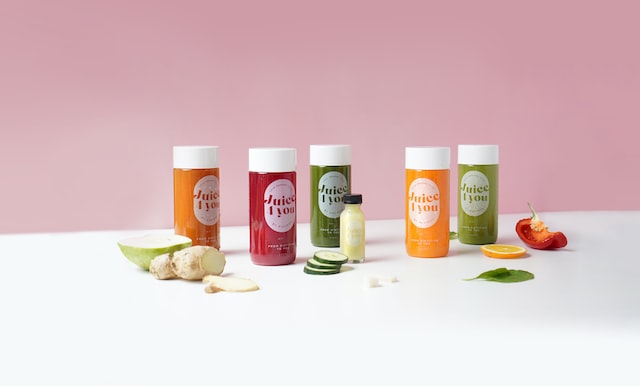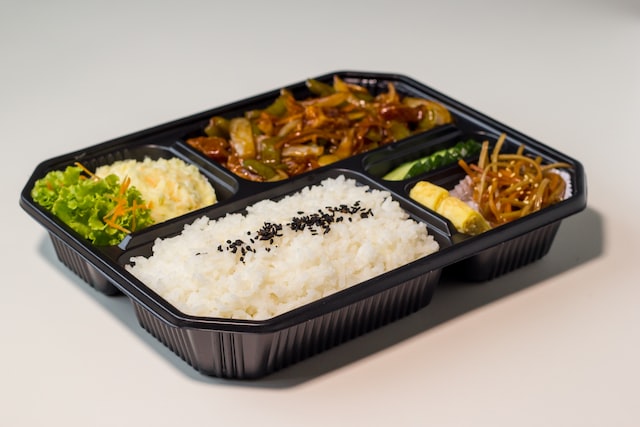Virgin Granules
Let’s Dive Into Our Offerings
HDPE (High Density Polyethylene)
HDPE has a high strength-to-density ratio, making it highly useful. Its density is 930 to 970 kg/m3. HDPE has a stronger tensile strength and an intermolecular force due to less branching within the molecules. It is more rigid and opaque and can withstand higher temperatures for short periods.
Due to its resistance to many solvents, HDPE cannot be glued. Welding is required for pipe joints.
HDPE’s physical properties are determined by its molding process, owing to the wide variety of properties exhibited by HDPE. Later they are widely used in various aspects.
Below is a brief list of some of the many uses of HDPE plastic:
- Fuel tanks
- 3D printing filament
- Laundry detergent bottles


LDPE (low-density polyethylene)
Low-density polyethylene (LDPE) is a thermoplastic made from the monomer ethylene. Later this will be used for manufacturing using a high-pressure process via free radical polymerization.
LDPE is non-reactive at room temperature (except for stronger oxidizers; some solvents cause it to swell). The thermoplastic is flexible and can be produced in opaque and translucent variants.
As a result of its higher branching, it has a lower tensile strength and a higher resilience than HDPE. Methane and ethylene are produced when LDPE is exposed to sunlight for long periods of time.
Below is a brief list of some of the many uses of LDPE plastic:
- Juice Containers
- Bags
- Prosthetics
LLDPE (Linear low-density polyethylene)
Linear low-density polyethylene (LLDPE) differs from low-density polyethylene (LDPE) due to the absence of long-chain branches. The linearity of LLDPE results from differences in the production processes of LLDPE and LDPE. LLDPE is produced at lower temperatures and pressures by copolymerization of ethylene.
It creates a polymer with a narrower molecular weight distribution than conventional LDPE. The resulting material (LLDPE) has significantly different rheological properties.
Below is a brief list of some of the many uses of LLDPE plastic:
- Garbage bags
- Buckets
- Cable jacketing

PP (Polypropylene)
PP, polypropylene, is a thermoplastic polymer used in various applications. It is produced by chain polymerization from propylene monomer.
It belongs to the group of polyolefins. The polymer is partially crystalline and non-polar. Its properties are similar to polyethylene, but it is slightly harder and more resistant to heat. It is a white, mechanically resistant material and has high chemical resistance.
The methyl group improves mechanical properties and heat resistance, although chemical resistance decreases. The properties of polypropylene depend on molecular weight and molecular weight distribution, crystallinity, type and proportion of comonomer, and isotacticity.
Polypropylene is used for plastic molding, which is injected into a mold while molten to form complex shapes. The process is low cost and high volume.
Polypropylene is used in a range of industries packaging, material handling, and consumer goods:
- Medical devices
- Toys
- Packaging


PET (Polyethylene terephthalate)
Polyethylene terephthalate, PET is a standard thermoplastic polymer resin in the polyester family and is used in making fibers for clothing, liquid and food containers, and thermoforming for manufacturing and in combination with glass fiber for technical resins.
Depending on processing and thermal history, polyethylene terephthalate can be either an amorphous (transparent) or semi-crystalline polymer. A semi-crystalline material can appear transparent or opaque and white, depending on its crystal structure and particle size.
A colorless semi-crystalline resin, PET is most stable in its semi-crystalline state. However, compared to other semi-crystalline polymers, it naturally crystallizes slowly. Depending on the processing conditions, it can form amorphous or crystalline products. High moldability makes PET useful in Polyester staple fiber and film applications. It is strong, impact resistant, and hygroscopic.
Polyester fibers are used to make fibers. Plastic bottles are made from PET and are widely used for still and sparkling soft drinks.
- Shampoo Packaging
- Home Food Containers
- Food Trays

